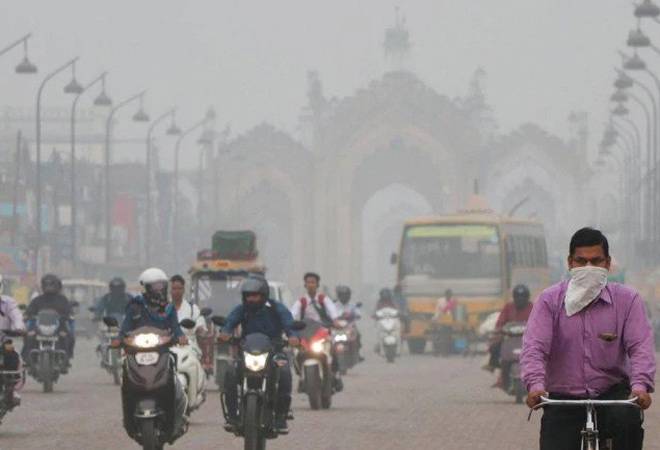


The National Capital faces a “health emergency”-like situation with the air of Delhi-NCR in ICU. Toxic air impacts our bodies in the short term as well as the long term. The air quality index in Delhi continues to be in very poor to severe condition. People in the national capital are gasping for some fresh air. Many experts and doctors say that capital air is likely to be worse than Covid. Children, old people, and pregnant women are suffering due to polluted air. According to a report, people in Delhi are smoking 26 cigarettes every day just by breathing the city’s toxic air at a severe AQI.
Senior Consultant of Respiratory and Critical Care Medicine department of Indraprastha Apollo Hospitals, Dr Nikhil Modi says, “Definitely patients are increased in the OPD with cough, running nose, breathing difficulty, chest infection due to rising air pollution and requiring more and more admissions.”
Even due to exposure to air pollution, viral infections that have been mild in the past are turning out to be a big problem, with falling oxygen levels requiring admission, asthma, and COPD (coronary obstrutive pulmonary disease), a disease of smokers leading to breathlessness, being seen in the patient due to air pollution.
Usually, asthma is seen in 1 in 5 children, but now every third child has asthma or asthma-like symptoms. These symptoms are especially increased during this time of the year.
Children are more vulnerable as their lungs are developing. Other than that, it is well documented that 10% to 15% of children in Delhi have existing allergies. The increase in PM2.5, which goes deeper into the respiratory system and other organs, is usually caused by burning. The coarse particles can lead to upper respiratory tract symptoms.
According to the Additional Professor of the Department of Pulmonary, Critical Care, and Sleep Medicine at AIIMS, Delhi, nowadays, PM10 and PM2.5 levels are very high, which have a bad impact on our bodies. PM10 is a larger particle that can stick in the eyes, nostrils, and upper airways and cause irritation. These can include symptoms like itching in the eyes, red eyes, , snitching, throat irritation, and other effects. The smaller particles, like PM2.5, are inhaled into the lungs. From the lungs, they can be absorbed in the bloodstream and circulation. From there, they can be deposited and transported to body organs, and therefore, the effects of air pollution are not limited to the lungs and heart; they can affect many body organs like brain, heart, kidney, and also have associated effects like diabetes and cancer in the long term.
Dr Nikhil Modi says, “Lung cancer is the most common cancer, which has often been associated with smoking in the past, but, the rise in air pollution is an equally important cause of lung cancer. Many patients are coming without a history of smoking, especially in the younger age group.”
Dr Karan Madan says, “If you want to keep healthy in this gas chamber situation, then you should avoid going out, especially with children, pregnant women, and old people. Wear a mask, eat a balanced diet, and do regular exercises inside the residence.
As told to Manohar Kesari, iTV Network.